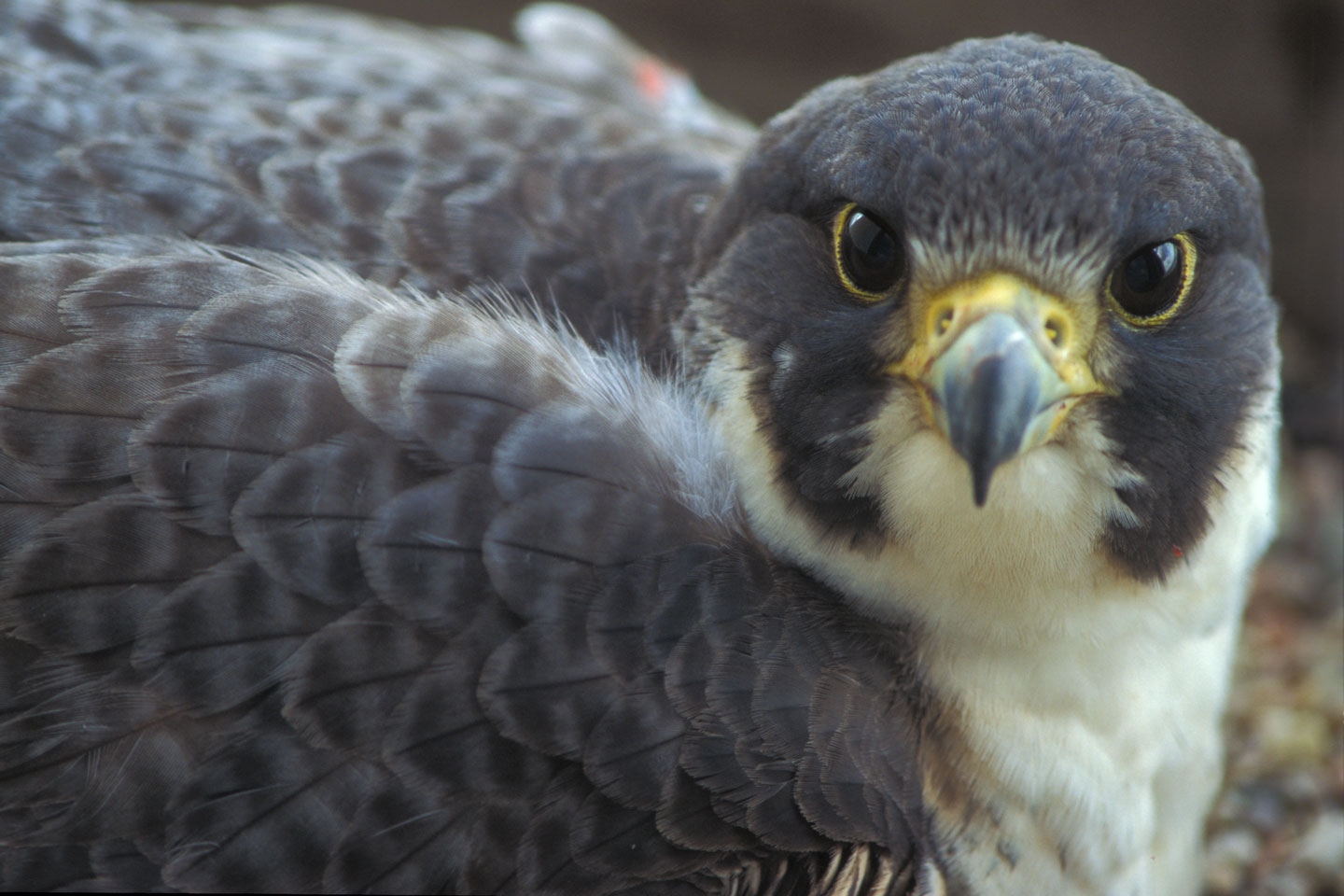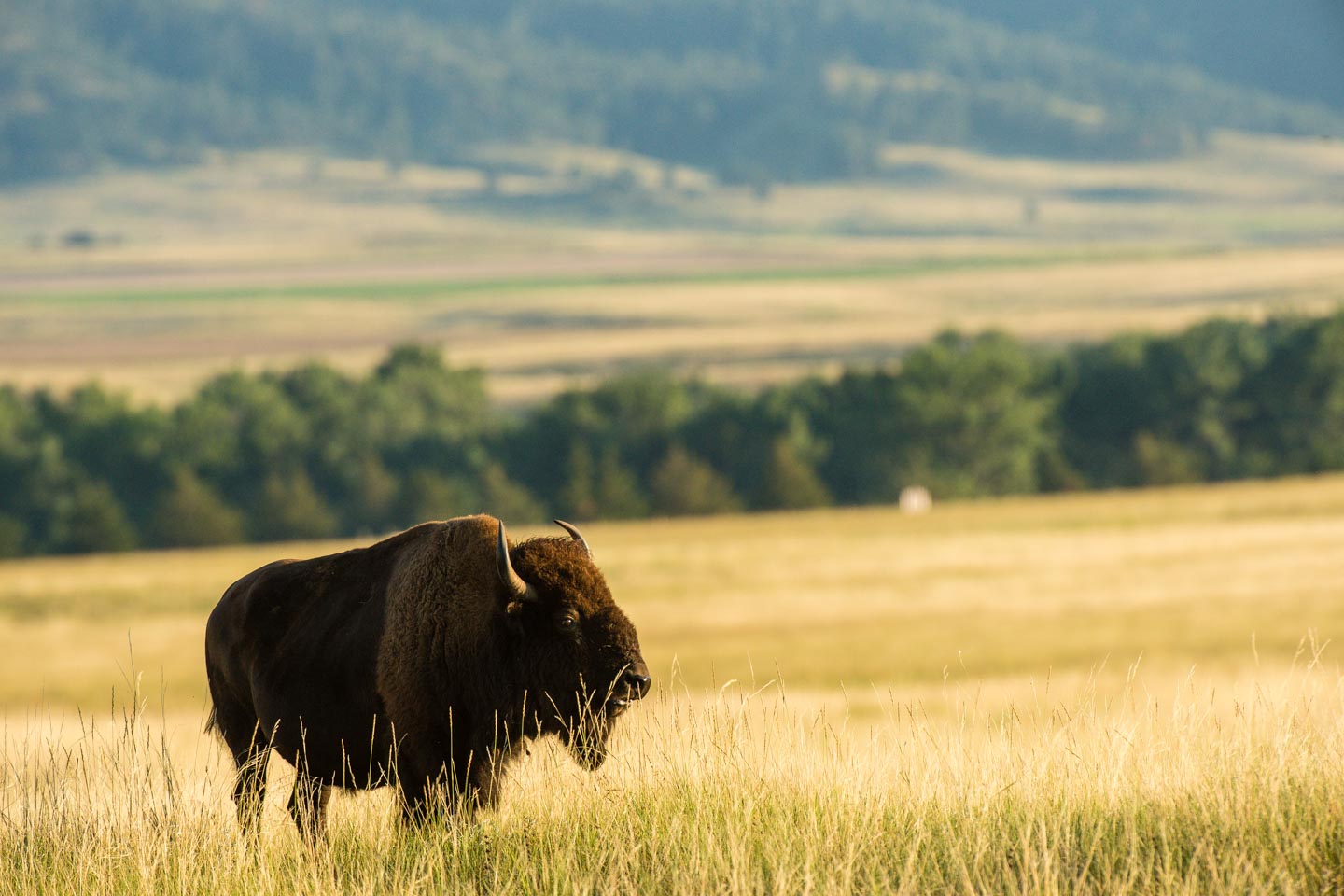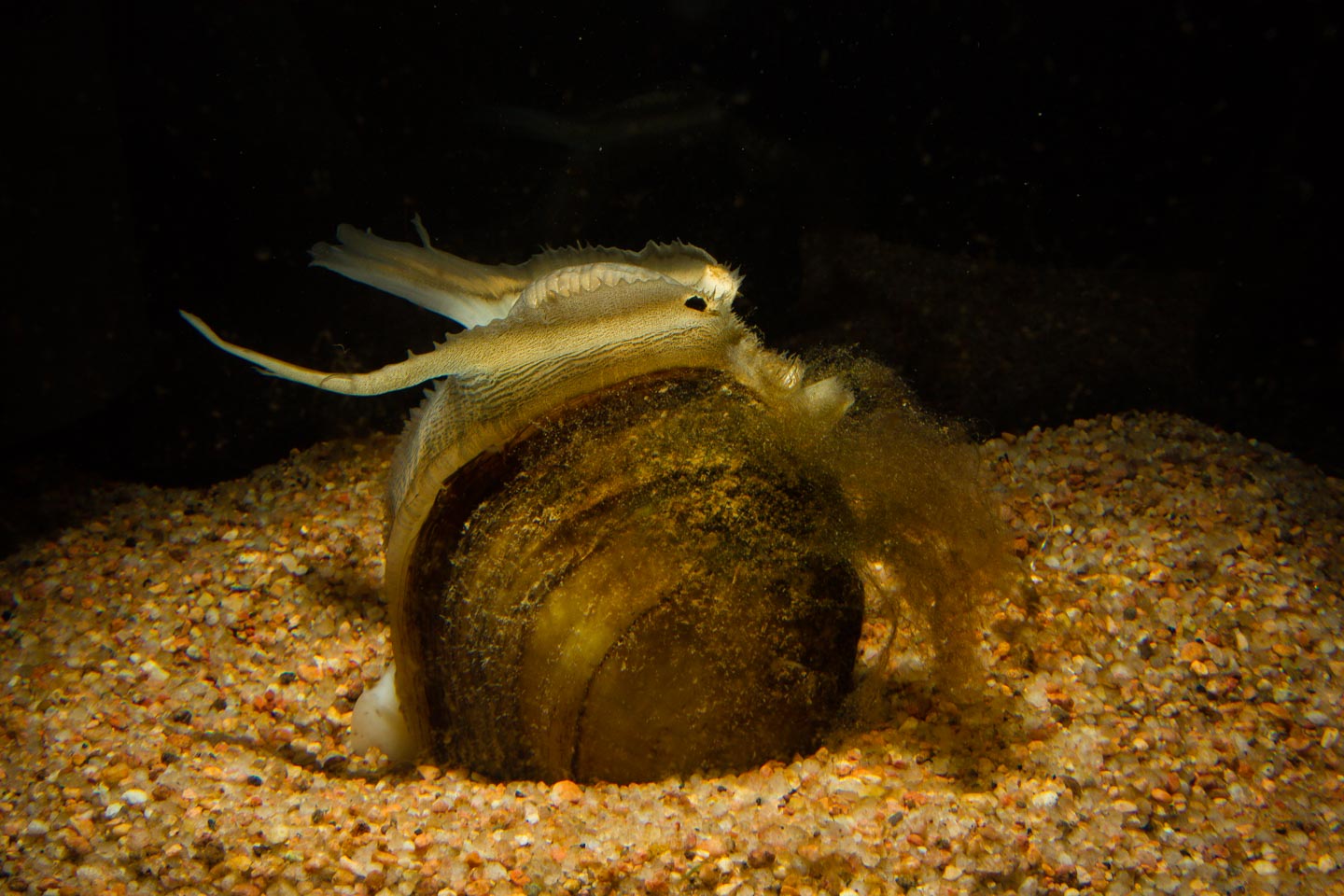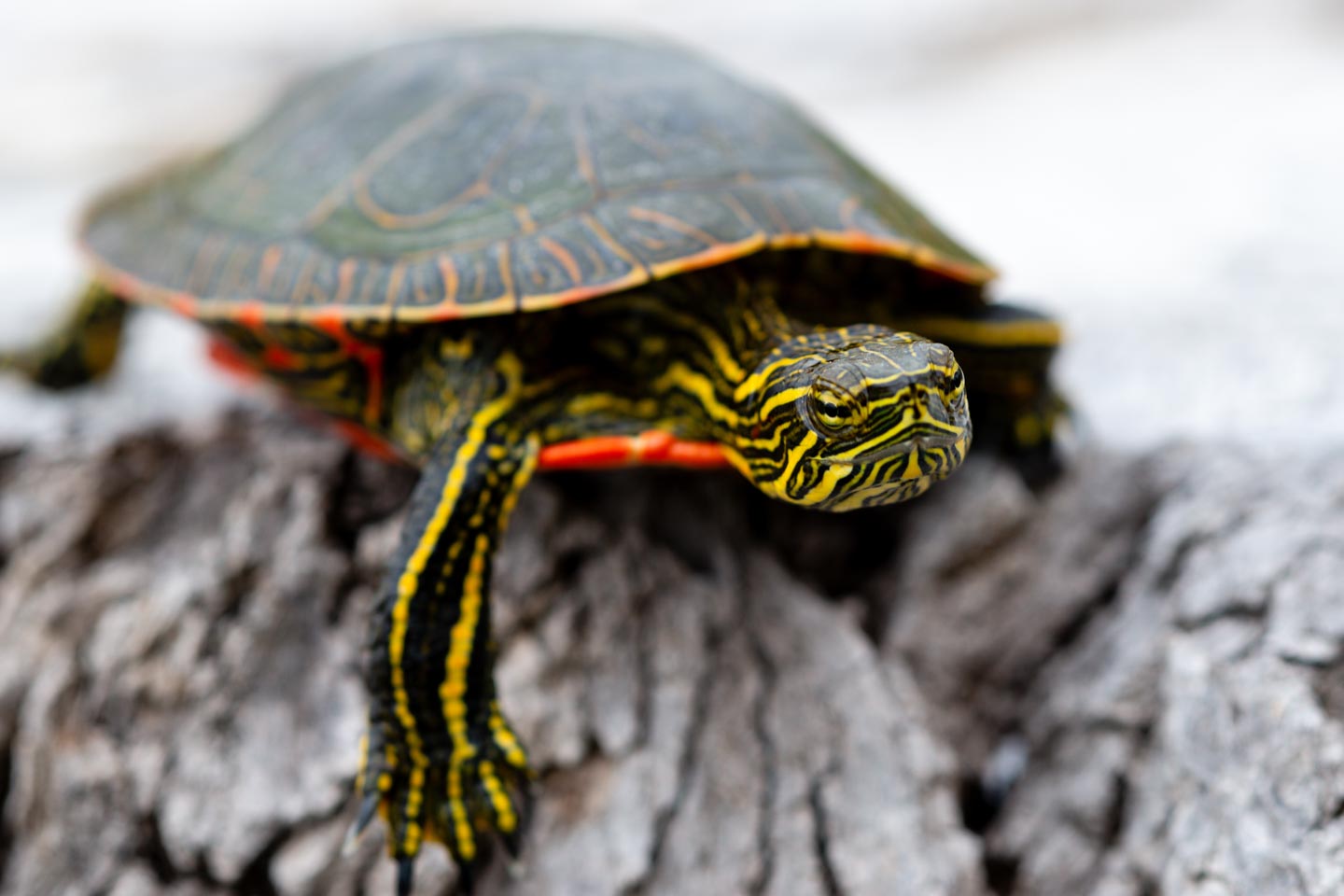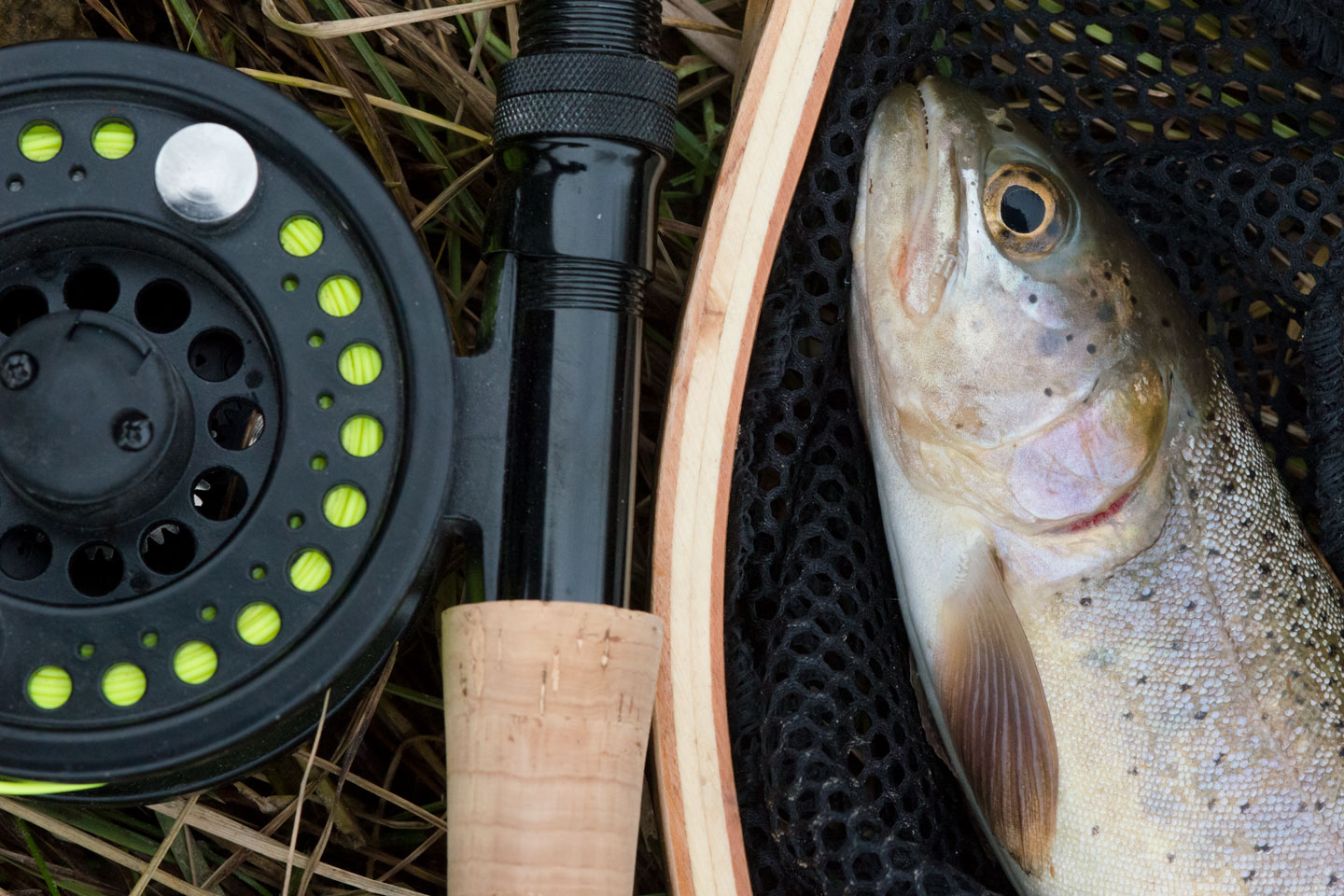Insects
Although there has never been an exact tally, it is estimated that there are upwards of 30,000 species of insects in Nebraska. Nebraska’s insect communities are made up of many species groups including moths and butterflies; beetles and true bugs; grasshoppers and crickets; dragonflies and damselflies; ants and bees; flies; and many others.
Like plants, insects inhabit every habitat on the planet, from streams and oceans to the driest deserts. Also like plants, insects are the basis of the food chain, forming a prey base that produces billions of tons of food that other species are dependent on.
Some insects are pests, but most all play crucial roles in the natural world and in agriculture. Recent declines in bees and other pollinators have illustrated the importance of pollinators to crop and food production and the threat that their loss poses to our food security.
The overwhelming majority of insects are common and widespread. However, some are rare in the state because their distribution in Nebraska is at the edge of their North America range. Others may simply be wanderers into the state. Others still are rare due to their reliance on unique habitats, because their habitat has been lost or fragmented or because of impacts due to loss of host plants, pesticides or other environmental factors.
Selected species of conservation interest
The Salt Creek tiger beetle is a state and federal endangered species and may be the rarest insect species in North America. Population counts during the past 10 years have varied from a high of a few hundred individuals to a low of 143.
The Salt Creek tiger beetle is one of only a few species that are endemic to Nebraska – that is, they occur in Nebraska and nowhere else. The Salt Creek tiger beetle requires very specific habitat conditions and is found only on salt flats and salt water seeps in saline wetlands near Lincoln. Habitat conservation and restoration projects are working to protect and restore habitat needed for the recovery of the species.
The Nebraska Game and Parks Commission and the U.S. Fish and Wildlife Service, in cooperation with the University of Nebraska-Lincoln, the Henry Doorly Zoo and the Lincoln Children’s Zoo have developed a captive rearing program to breed and raise Salt Creek tiger beetles and release them back into suitable habitat.
Once widespread throughout the eastern half of North America, the American burying beetle is now listed as endangered both state and federally. The American burying beetle is one of a group of beetles that feed on carrion. While the image of beetles feeding on something dead may be somewhat disgusting, these beetles play an important ecological role in removing dead animals from the landscape and in recycling nutrients.
The American burying beetle is the largest of the carrion beetles and one of the largest beetles in Nebraska, reaching up to 2 inches in length. They have a distinguishing color pattern of an orange and black body, orange thorax and orange forehead.
American burying beetles are one of the few species of beetles that provide parental care of their offspring. A mated pair of American burying beetles finds a suitable carcass, about the size of a dead squirrel, buries it in an underground chamber, coats it in a substance to slow decomposition and lays eggs by it. Once the eggs hatch, the parents feed, care for and protect the larvae until they pupate and emerge as adults.
There is no more recognizable species of butterfly than the monarch, known not only for its size and distinctive orange-and-black markings but also for its annual fall migration to their wintering grounds in southern California and northern Mexico. Until recently, this iconic butterfly has been one of the most widespread and numerous butterflies in North America.
In the past several years, the monarch has suffered a precipitous decline in numbers across its range. For more information on the monarch butterfly, visit the monarch butterfly page.
The regal fritillary is a large, showy butterfly native to the grasslands of the northern states from New England to the Great Plains. Throughout most of its historical range, the regal fritillary has either been extirpated or is considered critically imperiled. This is the result of loss of habitat from land conversion and use of herbicides that eliminate species of grassland violets, which are the only plants that the larvae feed on.
In Nebraska, the regal fritillary is relatively secure, occurring across the state in prairies and grasslands where violets are present. Even though Nebraska is considered one of the remaining strongholds of the species, the regal fritillary still faces significant threats in the state.
One of the most significant is the loss of habitat. Over the past several years, Nebraska has led the country in the conversion of grassland to cropland. The widespread and increased use of neonicotinoids insecticides poses a significant threat to the regal fritillary, as does the use of herbicides, which eliminates violets.
How to help
There is an urgent need to track regal fritillaries across their range over time to better understand and adjust conservation measures to be most effective. Thanks to the Wildlife Conservation Fund, a community science project is ongoing to monitor regal fritillaries, as well as the monarch butterfly, which is similar in size. Visit the monarch and regal fritillary survey page to learn how you can help.

